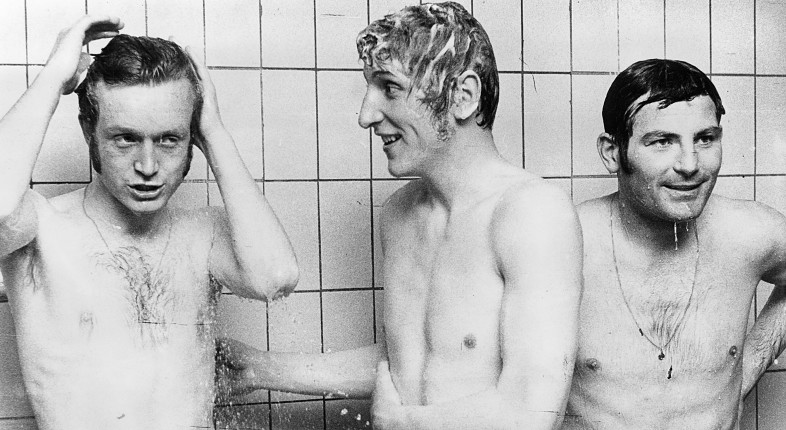The First Mechanical Shower
The Regency Era is noted for its elegance and achievements in the fine arts and architecture. This period encompassed a time of great social, political, and even economic change. If you are familiar with the era, you will know that attitudes towards hygiene and bathing were on the cusp of change. At the beginning of the 18th century, a person might wash their hands and face daily, but at the most they would bath every few weeks or months. Towards the end of the century, cleanliness was no longer regarded as frivolous by a growing number of people.
In 1767, the first mechanical shower, operated by a hand pump, was patented in England by William Feetham. William was a stove maker from Ludgate Hill in London, and his shower contraption used a pump to force the water into a vessel above the user’s head, and a chain would then be pulled to release the water from the container. Although the system dispensed with the servant labour of filling up and pouring out buckets of water, the showers failed to catch on with the wealthy as a method of piping hot water through the system was not available. The system would also recycle the same dirty water through every cycle.
This early start was significantly improved in the anonymously invented English Regency Shower design of circa 1810. The original design was over 3 m (10 feet) tall and was made of various metal pipes painted to look like bamboo. There was a basin suspended above the pipes to fed water into a nozzle that distributed the water over the user’s head and shoulders. The water on the ground was drained and pumped back through the pipes into the basin, where the cycle would repeat itself.
The original prototype was steadily improved upon during the following years until it began to simulate the shower of today. Hand-pumped versions became fashionable at one point as well as the use of adjustable sprayers for different water flow. Around 1850, the reinvention of reliable indoor plumbing allowed free-standing showers to be connected to a running water source, supplying a continuous flow of water.
Tags: Body Wash, get dirty, house of senses, Personal Care, Shower, soap



